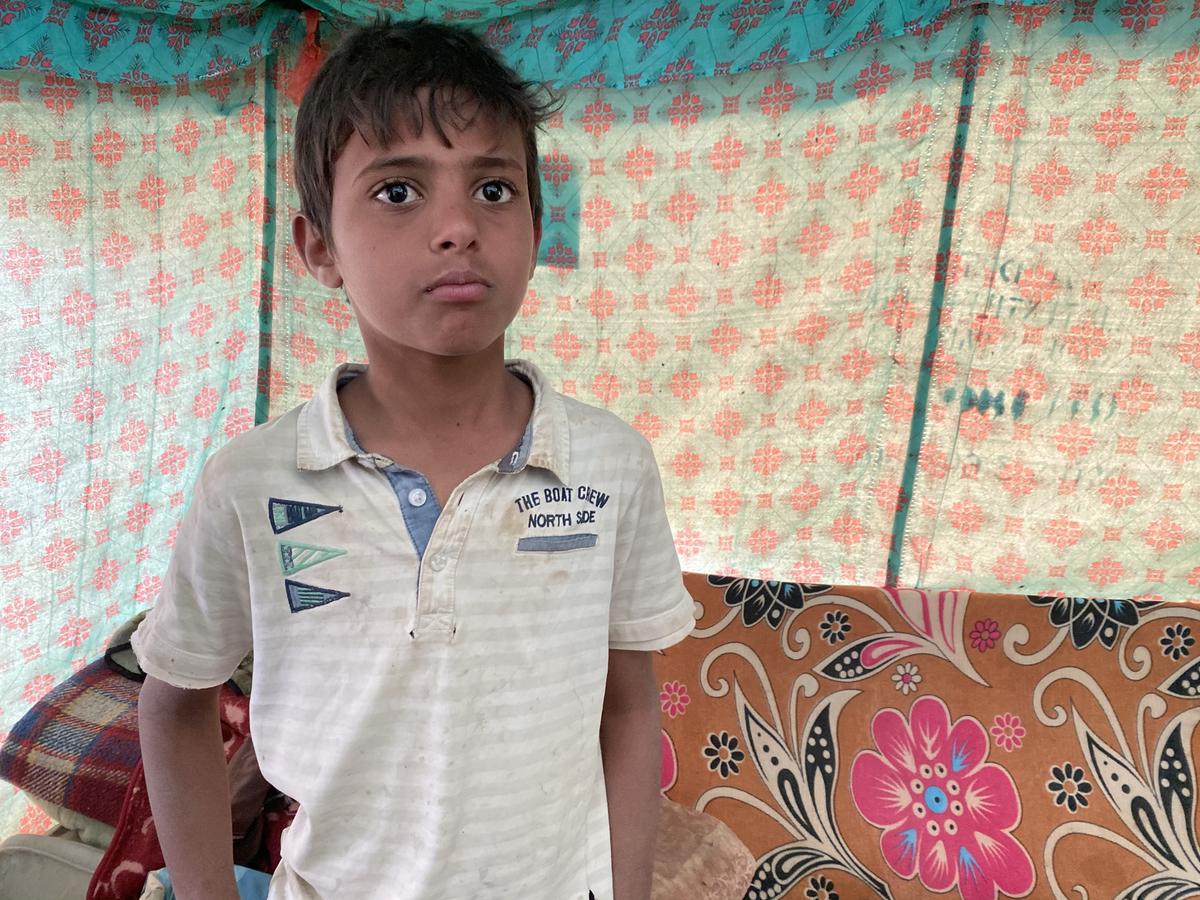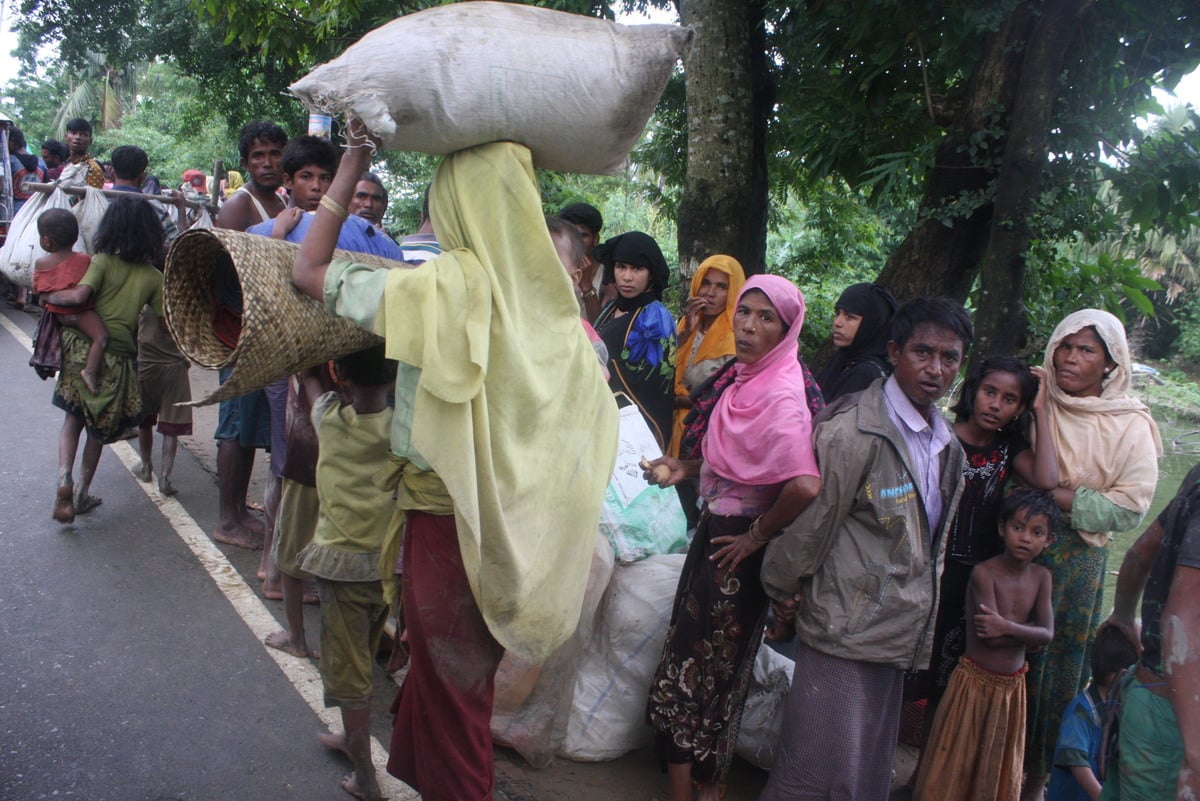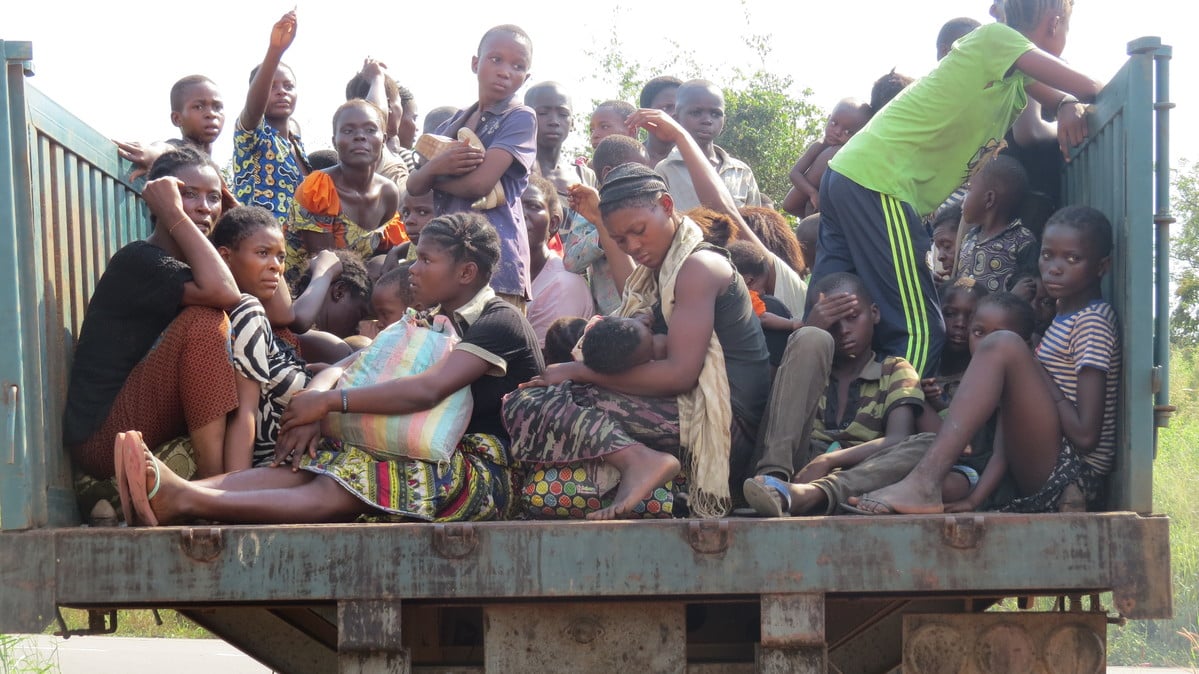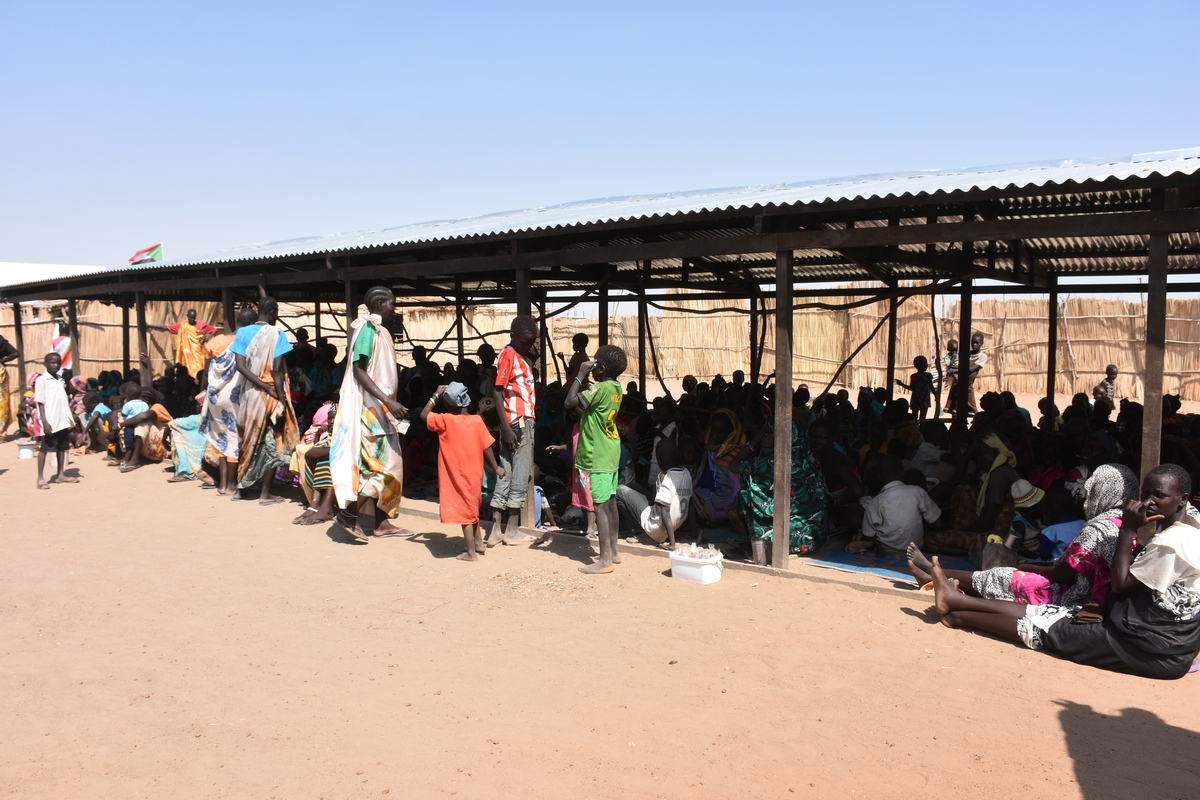UNHCR says death risk from starvation in Horn of Africa, Yemen, Nigeria growing, displacement already rising
UNHCR says death risk from starvation in Horn of Africa, Yemen, Nigeria growing, displacement already rising
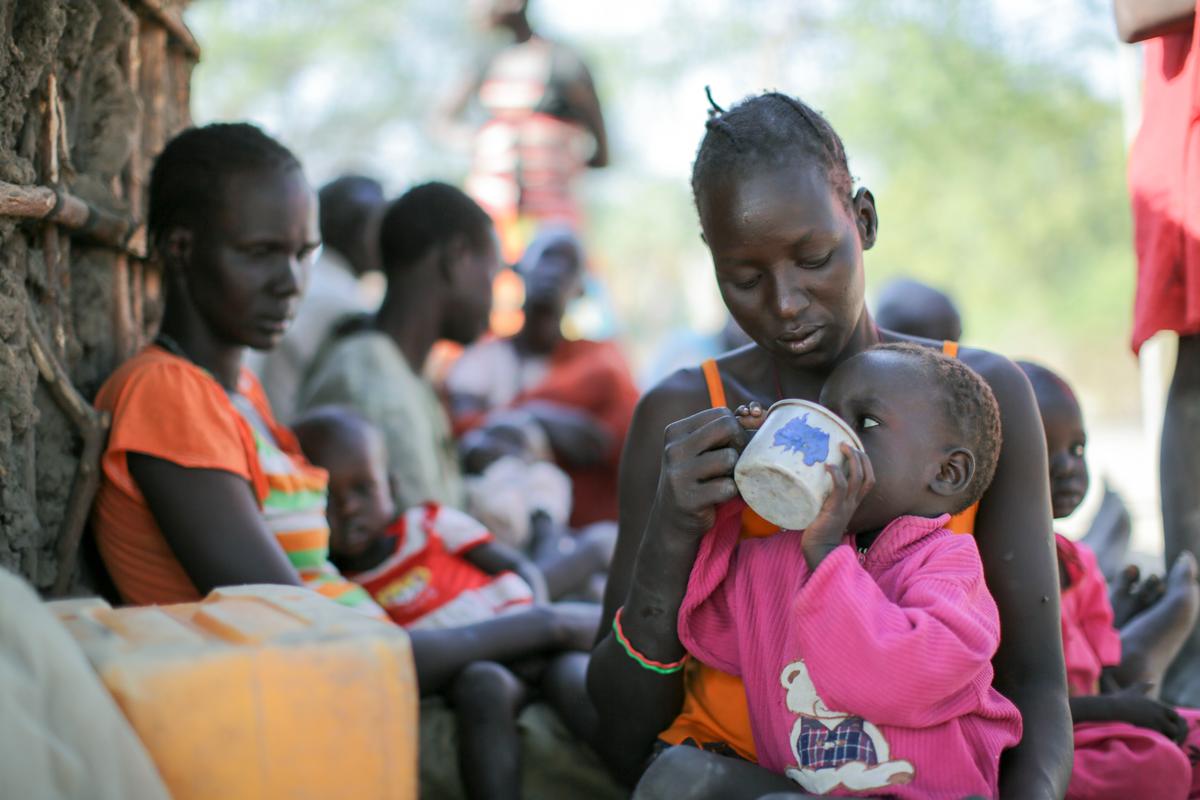
UNHCR, the UN Refugee Agency, is warning today that the risk of mass deaths from starvation among populations in the Horn of Africa, Yemen and Nigeria is growing. This warning is in light of droughts that are also affecting many neighbouring countries and a funding shortfall that has become so severe that an avoidable humanitarian crisis in the region, possibly worse than that of 2011, is fast becoming an inevitability.
Already displacement is rising, forcing us to upgrade our displacement estimates for 2017. In Sudan, for example, where our initial estimate was for 60,000 arrivals from South Sudan this year, we are in the process of revising the expected total upwards to 180,000. Similarly in Uganda we are revising planning from 300,000 displaced to 400,000.
In all, more than 20 million people in Nigeria, South Sudan, Somalia and Yemen are experiencing famine or are at risk. The regions in which these countries sit, including the Lake Chad basin, Great Lakes, East, Horn of Africa and Yemen together host well over 4 million refugees and asylum seekers. Consecutive harvests have failed, conflict in South Sudan coupled with drought is leading to famine and outflows of refugees, insecurity in Somalia is leading to rising internal displacement, and rates of malnutrition are high, especially among children and lactating mothers. In the Dollo Ado area of southeast Ethiopia for example, acute malnutrition rates among newly arriving Somali refugee children aged between 6 months and five years are now running at 50-79 percent.
Children account for the majority of refugees (62 per cent, for instance, in the case of refugees fleeing South Sudan) and in common with other refugees nearly all are dependent on food assistance via our sister-agency WFP. With no money to buy food, rations however are being cut. In Djibouti rations have been cut by 12 per cent, in Ethiopia, Tanzania, and Rwanda by between 20 and 50 per cent, and in Uganda by up to 75 per cent. Many refugees are without full access to livelihoods and agriculture or food production and their ability to take matters into their own hands and help themselves is limited.
In this context, the risks to children can be particularly great. Already, many are dropping out of school. In Kenya, 175,000 students in drought areas have stopped attending school. In Ethiopia, almost 600 schools have closed. In all, some five million children could in the coming weeks and months see their educations being disrupted.
Inside Somalia, the internal displacement dynamics are shifting too. Of the half a million people displaced since November, 278,000 were displaced in the first quarter of 2017. More than 72,000 of these have moved to the capital Mogadishu. Some 69,000 others have headed to Baidoa in the country’s southwest. Somalia continues to see a complex situation of both outflows and returns (mainly from Yemen).
In famine hit parts of South Sudan, where UN agencies warned in February that fighting, insecurity, lack of access to aid and collapsing economy had left 100,000 people facing starvation in some parts of the country, a further 1 million people are now on the brink of famine.
In Yemen, which is experiencing the world’s largest humanitarian crisis with almost 19 million people in need of humanitarian help, around 17 million people are food insecure. Food needs are being cited as the lead factor in displacement at three quarters of all locations where there are internally displaced people.
In northern Nigeria, seven million people are now struggling with food insecurity and need help. The situation is particularly bad in parts of Borno, Adamawa and Yobo states where by June it’s expected that some 5.1 million people will be in Integrated Food Security Phase classification levels of between 3 and 5 (worst).
UNHCR is scaling up efforts with its partners, we remind the international community that the Horn of Africa drought of 2011 cost more than 260,000 lives, more than half of these children aged below five. A repeat must be avoided at all costs. Our operations in South Sudan, Somalia, and Yemen are today funded at between 3 and 11 percent. It is now urgent that the shortfalls be addressed.
UNHCR High Commissioner Filippo Grandi is attending a high-level extraordinary meeting in Berlin tomorrow, 12 April 2017. The “Berlin Humanitarian Call – jointly against famine” meeting, called for by the German Federal Foreign Minister Sigmar Gabriel, will bring together donor countries and humanitarian partners, as well as local responders, to review and raise more awareness for the dire humanitarian situation in the countries affected
For more information on this topic, please contact:
- In Geneva, Babar Baloch, [email protected], +41 79 513 95 49
- In Uganda, Rocco Nuri, [email protected], +256 779 663 793
- In South Sudan, Juliette Stevenson, [email protected], +211 992 700 550
- For Somalia, Julien Navier, [email protected], +254 732 40 00 44
- In Yemen, Shabia Mantoo, [email protected], +967 71 222 5121
- For Nigeria, Romain Desclous, [email protected], + 221 786 396 385

